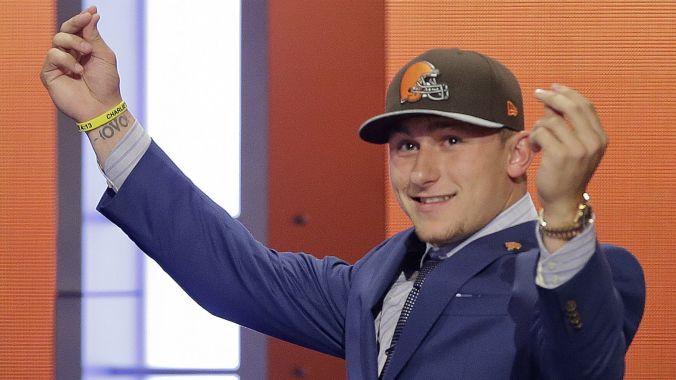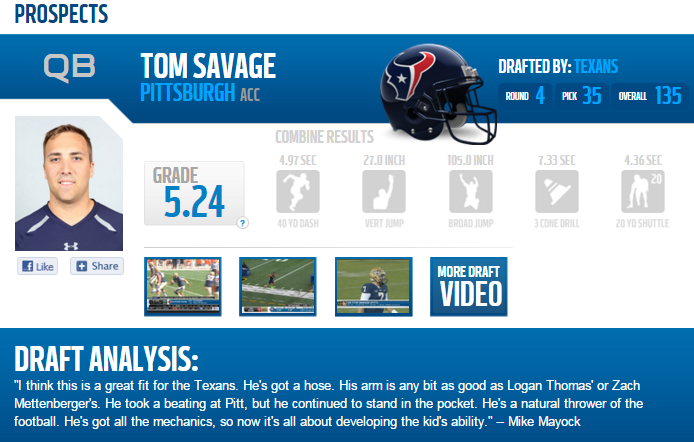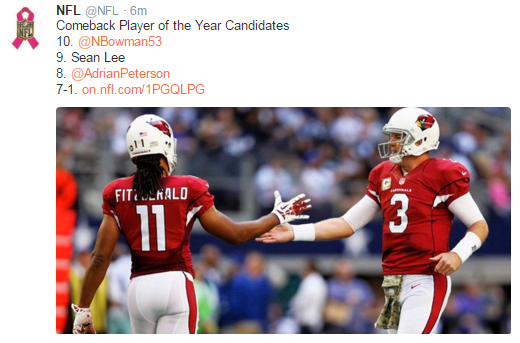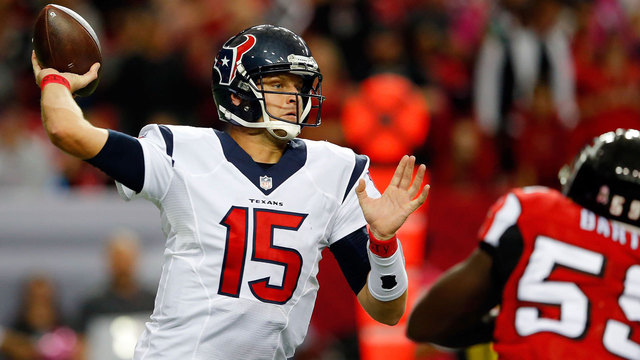
The infamous Manziel “money” sign.
Earlier today Sashi Brown, EVP of the Cleveland Browns organization, released the following statement regarding QB Johnny Manziel’s future with the team:
We’ve been clear about expectations for our players on and off the field. Johnny’s continual involvement in incidents that run counter to those expectations undermines the hard work of his teammates and the reputation of our organization. His status with our team will be addressed when permitted by league rules. We will have no further comment at this time.
This statement follows yet another disturbing incident involving alleged assault against a woman, the second such incident in less than a calendar year. This particular weekend comes on the heels of yet another party weekend, this time in Dallas. His lengthy visit in Dallas has lit up social media over the past two weeks, strengthening rumors of a mutual interest to add Manziel to the Dallas Cowboys roster in 2016, but the latest incident could put that rumor on ice, as well as Manziel’s brief career in the NFL. And it should.
I’m not going to go on record for being an official Manziel hater. While I did feel that his talent was a bit exaggerated coming off his freshman season at Texas A&M University, and I was grateful the Texans overlooked him in the draft and instead drafted Tom Savage, I do feel he had some potential to be a QB in the NFL. That potential hinged (and still does) on his maturity, and his ability to let go of his past behavior. Thus far, he’s proven nothing more than to be the guy he said he would be shortly after the 2014 draft; a guy who wouldn’t change for anyone.
It appears he’s kept his word.
One question is, will the NFL and the other 31 teams in the NFL pay attention to what word Manziel has kept? We’ll likely know the answer sometime in March, but they should. The question I have is should the NFL and the other 31 teams do right by one of the players they brought into their fold in 2014? The answer to that is an emphatic YES. How do they do right by their player? Do everything within their power to get this player help, and to commit to keeping that player off the field until he does. The how, though, is the tricky matter.
The NFL has its hands tied by the Personal Conduct Policy and the National Football League Players Association (NFLPA). Without official charges on any of Manziel’s incidents, there could be little that the NFL can do to keep Manziel off the field. The NFLPA will see to that. Now, this is where I think the NFLPA should step up to bat for Manziel’s true well-being, but it’s not gonna play out that way. Without charges, the responsibility to do the right thing by Manziel essentially comes down to the individual teams. Even with individual contracts, individual teams may be limited in their actions.
Luckily, individual team conduct policy can be slightly more vague and can include distractive off-field behavior as a violation of team rules. Again, this eventually falls into the lap of the NFLPA, in which the true well-being of their representative player should be the top priority. Unfortunately, with the way the rules are currently written, any individual team would have to take a moral stance, and likely a monetary hit. Some teams have been willing to do this – as we are likely to see within the Browns organization in March.
However, the teams willing to take this stance are not likely to be the teams wiling to take a chance on Manziel.
A case like Manziel’s should open up the discussion on how to better treat players with substance abuse problems, with or without an official charge or arrest. The incidents that have led to the impending release of Manziel show some clear problems with anger management and alcohol abuse, as previously foreshadowed by his parents prior to the 2014 draft. With our without official charges or arrests, it seems pretty clear where Manziel is headed, and it’s not pretty. But will this single player create that change within the NFL? He’s certainly not the first player to succumb to addiction.
I, for one, feel it is due time for the NFL and the NFLPA to step up and start treating its players like players, and not the current cash cows that they are viewed as. I feel it’s time for this billion-dollar organization to invest in their money into the very people that make this organization what it is – the players. Many businesses and organizations around the world do this, and their employees lead better lives because of it. The NFL certainly has the money to do this, so why don’t they? Instead of feel-good commercials and arbitrary rules, why don’t they actually get involved at the ground level?
This can start with a player like Manziel. Even without official charges levied against him, Manziel’s on-field performance and status as a teammate has been negatively affected by his off-field behavior. He’s been late to team meetings, and has skipped treatment for injury. Individual teams should have the authority to require treatment and rehabilitation for such behavior, or be allowed to cut ties without monetary damages. Currently, the Browns organization is likely to wait until the start of the 2016 season to cut ties with Manziel, due to salary cap issues, but they shouldn’t have to.
Manziel’s behavior as a player when he’s counted on being a team member should be cause enough to release him without a cap hit. Even if there are people that still don’t believe that Manziel has a problem, it is clear that his performance as a team member has been affected by his personal life. It’s also clear that the Browns organization stepped in and gave him opportunities to improve himself and improve his behavior, while still being a member of the organization. When that intervention failed, though, the Browns should have the option to break ties without a hit.
Without this option, few teams can be counted on to do the right thing by their players.




